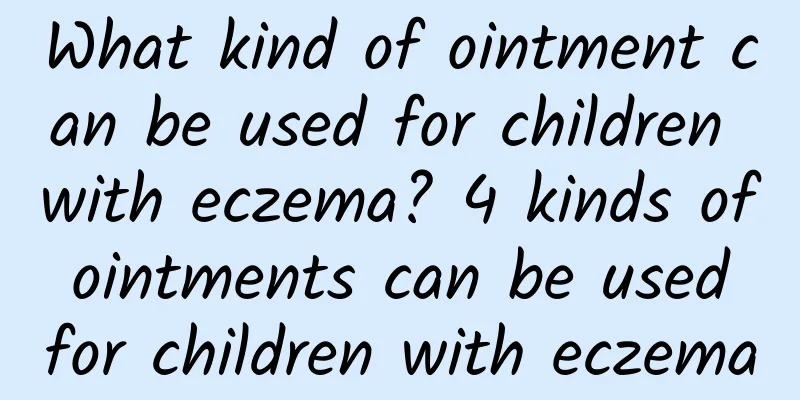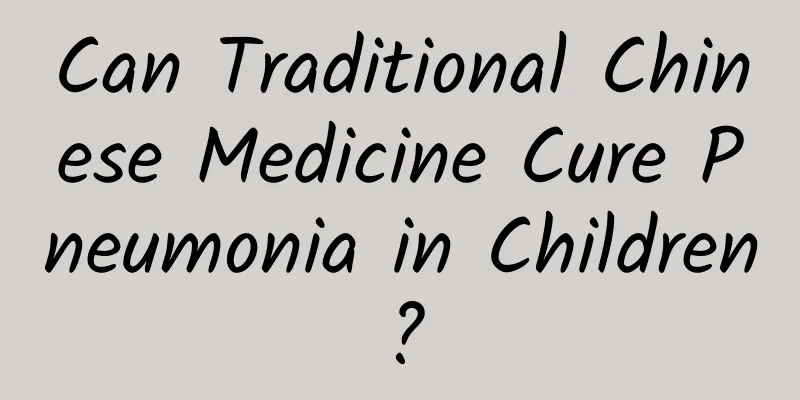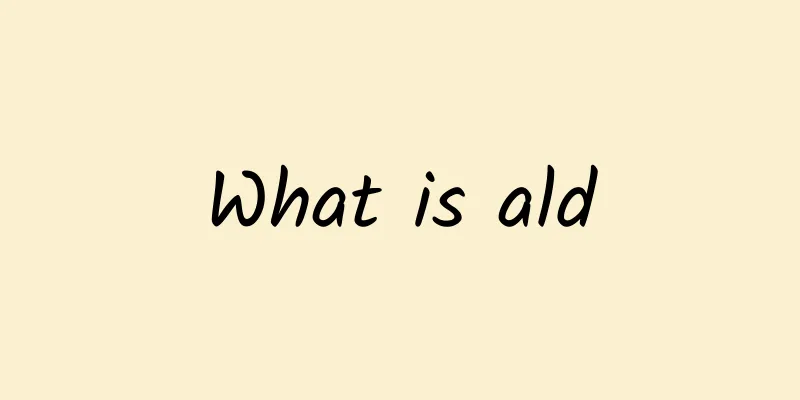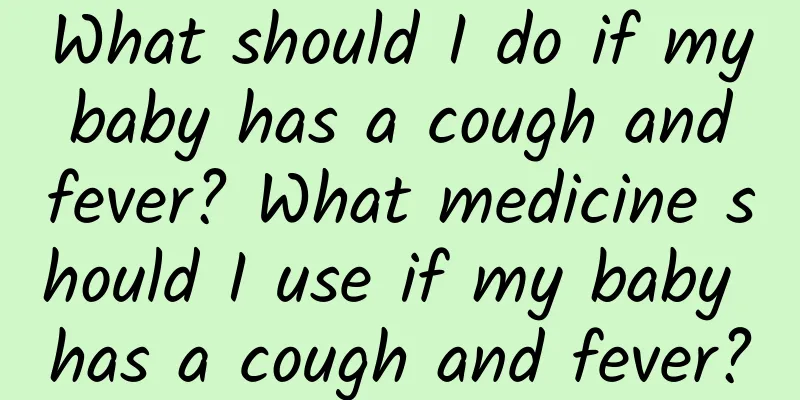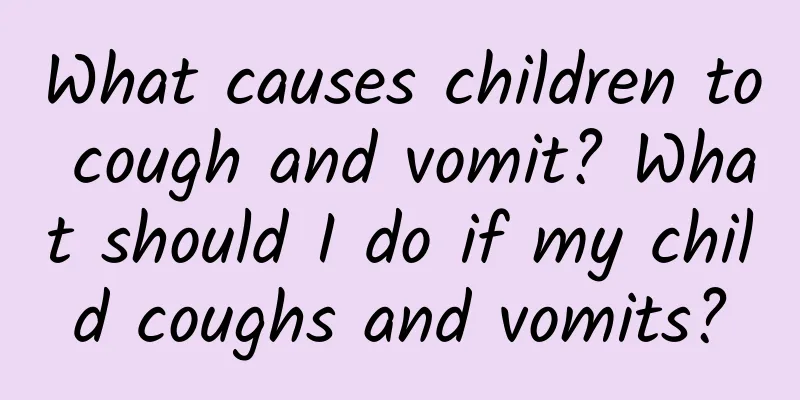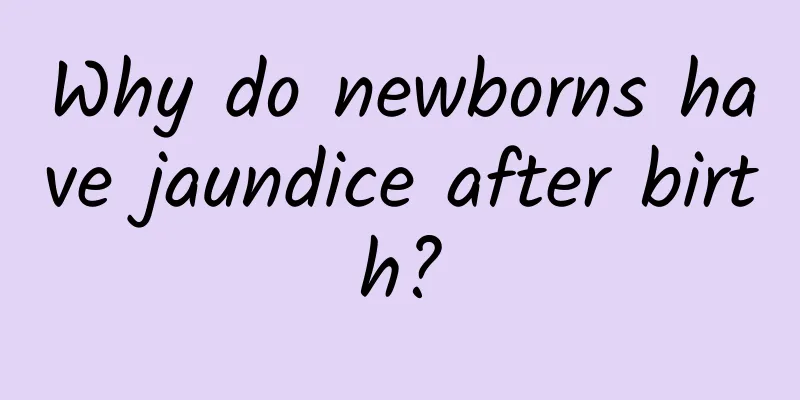Types, symptoms and treatment of pneumonia in children
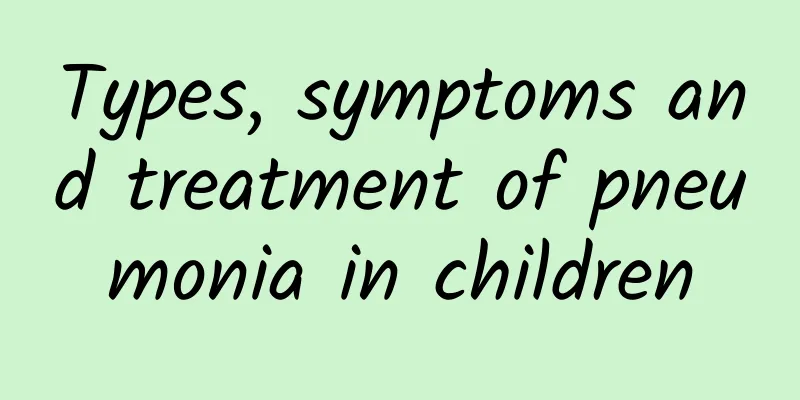
|
Pediatric pneumonia is a common respiratory disease in children, and its types include viral pneumonia, bacterial pneumonia and mycoplasma pneumonia. The main symptoms include cough, high fever, and shortness of breath. Anti-infective drug treatment, symptomatic drug treatment or hospitalization supportive treatment should be selected according to the cause. 1. Common types and causes Pneumonia in children can be divided into three categories based on the cause: Viral pneumonia: caused by respiratory syncytial virus, influenza virus, parainfluenza virus, etc., and is common in children with low immunity or exposure to viral sources. Bacterial pneumonia: Usually caused by infection with Streptococcus pneumoniae, Staphylococcus aureus or Klebsiella pneumoniae. Children with low resistance after catching a cold are prone to develop bacterial infection. Mycoplasma pneumonia: caused by mycoplasma infection, common in older children, with a slow onset but a long course. 2. Symptoms and diagnosis Typical symptoms of pneumonia in children include cough, fever over 38°C, shortness of breath and wheezing. In severe cases, purple lips and general fatigue may occur. Mild patients may show symptoms similar to the common cold, while severe patients may require oxygen or hospitalization. Doctors usually make a diagnosis based on symptoms and signs, blood tests, chest X-rays and other test results. 3. Treatment methods Treatment depends on the cause and severity of pneumonia: Anti-infection treatment: Viral pneumonia is mainly treated with antiviral drugs such as oseltamivir, bacterial pneumonia requires antibiotics such as amoxicillin or cephalosporins, and mycoplasma pneumonia is often treated with macrolide drugs such as azithromycin. Symptomatic treatment: For high fever, you can take acetaminophen orally to reduce the fever. For severe cough, use expectorant and cough suppressant as prescribed by the doctor. Supportive treatment: replenish water and prevent dehydration; severe cases may require oxygen and even consider hospitalization for intravenous infusion treatment. 4. Prevention and care recommendations In terms of prevention, it is recommended to get pneumococcal and influenza vaccines to reduce the chance of infection from potential pathogens. In daily care, pay attention to keeping the indoor air circulation of children and avoid excessive exposure to polluted environments. Pay attention to maintaining a balanced diet and regular exercise to enhance immunity. Children are susceptible to pneumonia because their immune systems are not yet mature. Early detection and early treatment are very important. If you have symptoms such as difficulty breathing and persistent high fever, you need to seek medical attention immediately. Standardized treatment can effectively control the disease. Parents also need to strengthen their children's health protection. |
<<: Prevention and treatment of hand, foot and mouth disease in children
>>: How to treat hand, foot and mouth disease in children
Recommend
Early symptoms of diarrhea in children
Children often become dehydrated when they have s...
How to treat neonatal port wine stains? There are 3 methods to treat neonatal erythema.
Newborns with port-wine stains can choose to unde...
Which hospital is good for jaundice treatment?
Many babies will have some jaundice when they are...
What are the tests for mumps?
The incidence of mumps is increasing year by year...
What are the treatments for polio?
Polio patients must always take various active me...
What are the common treatments for breast milk diarrhea in children?
What are the common treatments for breast milk di...
What is the reason for the baby to have diarrhea after eating? What is the reason for the baby to have diarrhea after eating? How to regulate it?
Most babies have diarrhea after eating anything b...
What are the symptoms of neonatal jaundice? 4 symptoms of neonatal jaundice
Neonatal jaundice is very common among newborn ba...
Can nephrotic syndrome in children be cured? Several treatment principles for nephrotic syndrome in children
The occurrence of kidney disease has a great impa...
What is the reason for a weak pulse?
A deep and weak pulse is often a pulse condition ...
How to identify herpetic pharyngitis and hand, foot and mouth disease
Herpetic pharyngitis and hand, foot and mouth dis...
What are the commonly used drugs for mumps?
Once we have symptoms of mumps, it will cause ser...
How to treat hand, foot and mouth disease
Hand, foot and mouth disease is a headache for ma...
What causes Kawasaki disease
Kawasaki disease is a systemic vascular inflammat...
How to treat mumps quickly
For the treatment of mumps, patients should not o...

